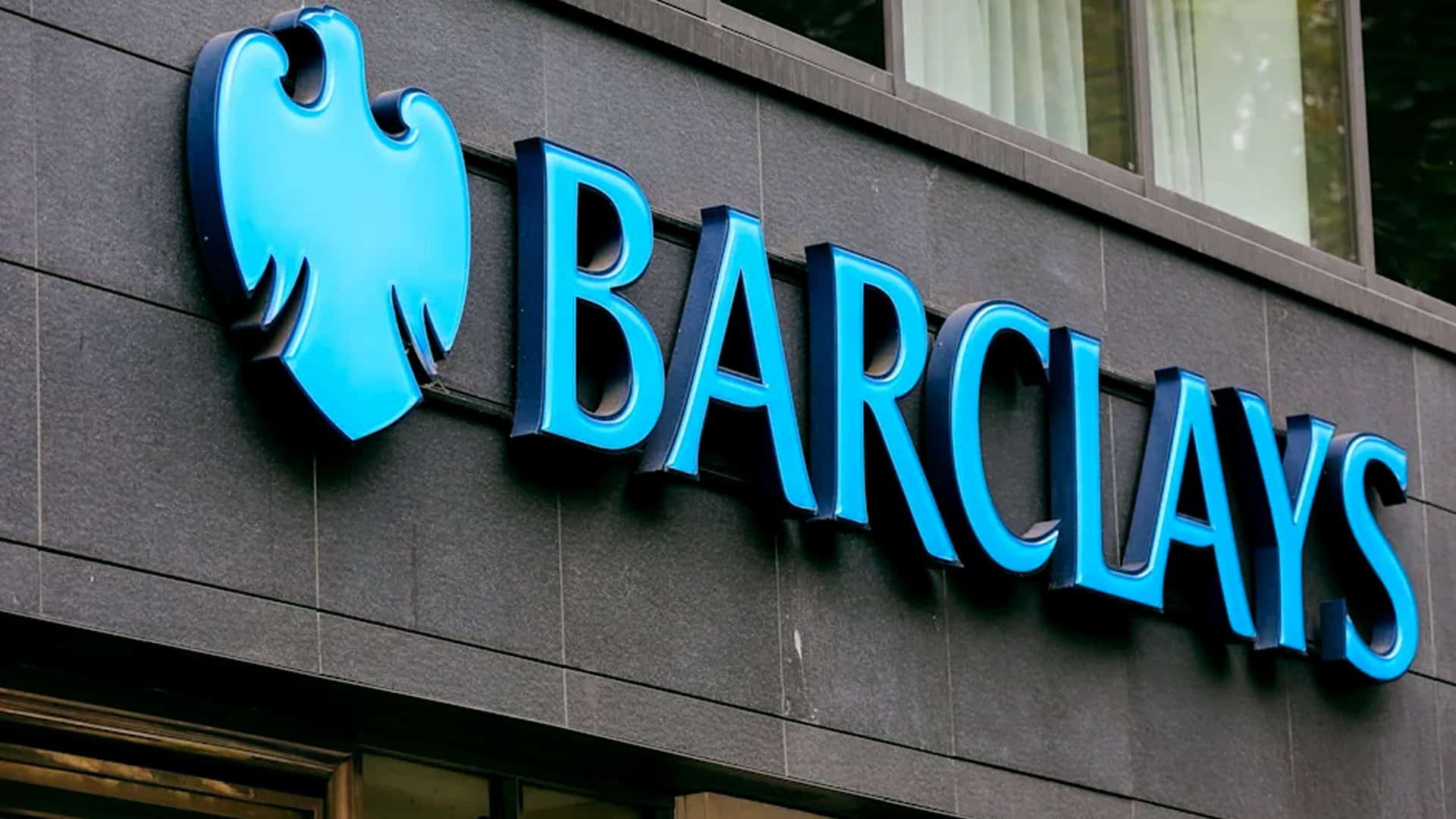

Blaming the slow pace of vaccinations and uncertainty around the number of those infected and dead in the second COVID-19 wave, global brokerage firm Barclays cut India’s FY22 GDP growth estimate to 10 per cent from earlier 11 per cent. If the ongoing localised lockdowns continue till June, it will lead to economic losses of USD 38.4 billion, it said. In a more pessimistic scenario of the pandemic not being brought under control soon and mobility restrictions continuing till August, the growth can fall to 8.8 per cent, Barclays warned. The country’s economy is estimated to contract by 7.6 per cent in FY21 as the pandemic-induced lockdowns led to chilling of economic activity, hurt jobs and demand.
The lower base is set to help the economy in posting a faster growth in FY22, but the ongoing second wave and resultant localised lockdowns have led many analysts to review down their forecasts. The RBI is maintaining that the economy will grow at 10.5 per cent this fiscal. “As India’s second COVID-19 wave continues, there is growing uncertainty around the number of cases and fatalities. Slowing vaccinations are also hurting India’s recovery prospects. We lower our FY 2021-22 GDP growth forecast by 1 per cent to 10.0 per cent to reflect this uncertainty,” analysts at Barclays wrote. India is in the “unwelcome position” of being the centre of the global pandemic now, with infections rising at over 4 lakh a day, it said, pointing out that the geographical area of infections is widening with positivity rates surging in many states.
“At the same time, India’s vaccination programme has slowed, weighed down by rising supply constraints and logistical challenges,” it said, adding that the move to liberalise vaccinations is unlikely to have any impact in the short term. The economic costs of the current surge in cases are much lower than during last year’s national lockdown, but the bill is rising, it said, estimating economic losses of USD 38.4 billion, with restrictions likely in place until the end of June. Meanwhile, analysts at rating agency Crisil said the second wave is closing in on rural India from being concentrated on the urban centres, with nearly a third of new infections coming from the mofussil areas now as against 21 per cent in March. The leading rating agency also feels that daily vaccinations are slowing as vaccine supplies are choked, and the week to May 2 was the third consecutive one with a decline in vaccinations. As a result of the localised lockdowns, retail mobility, toll collection, GST e-way bills volume and railway freight loading have been impacted in the last few weeks, it said.
